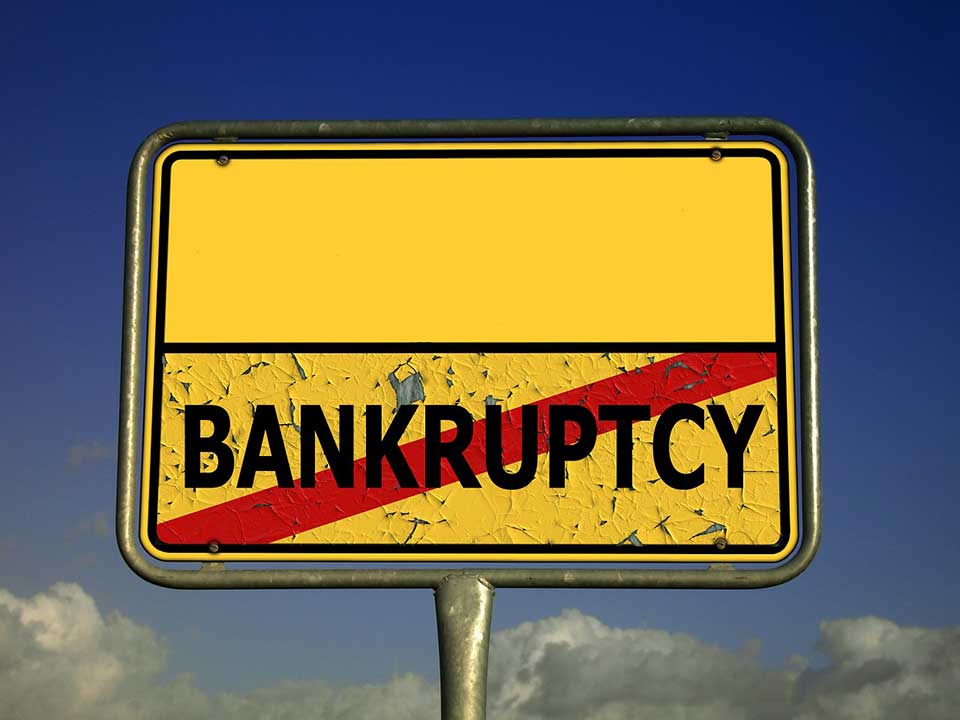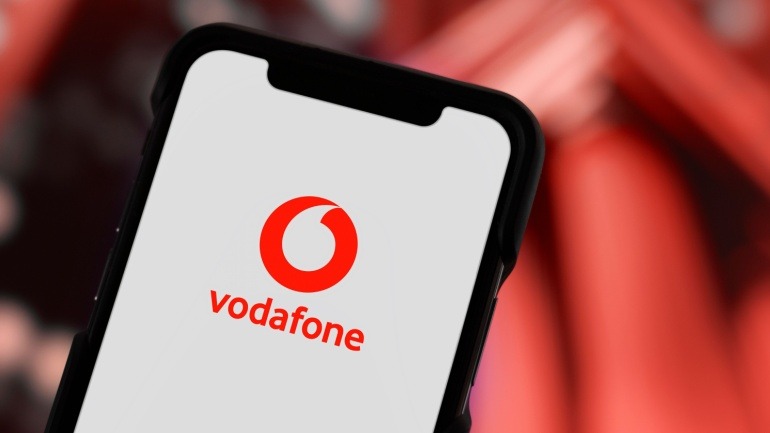Avaya first filed for bankruptcy protection in January 2017, revealing US$6 billion in debt. But after a long and painful eight-month process through the Chapter 11 bankruptcy protection, the company now has a plan to move forward.
The plan includes the appointment of Jim Chirico to the position of chief executive officer, effective October 1. Current CEO Kevin Kennedy will retire from both the position and the board of directors but has agreed to remain a part of the company in an advisory role.
Under Kennedy, the company transitioned nearly 80% of its revenues to software and services but also went bankrupt amid the IT industry’s shift to cloud and mobile services.
Prior to Avaya, the future CEO Jim Chirico held key posts at IBM and Seagate and joined the American tech giant in 2008, where he is currently COO and global sales leader, responsible for Operations, Global Sales, Sales Operations, Human Resources and Quality.
I will work closely with Kevin over the next two months to ensure a smooth transition as we also continue the process to emerge from Chapter 11. We will enter this next chapter with unique strengths and a new capital structure, and I look forward to working with the talented Avaya team to accelerate our long-term success.”
According to Chirico, filing for Chapter 11 does not mean disaster for a company, but a curve on the path to new opportunities and a transformed company.
Additionally, the unified communications vendor made agreements with priority creditors to reduce the company’s pre-filing debt by more than US$3 billion. This will be achieved through a debt-for-equity exchange, in which certain secured creditors will acquire 100 percent of the reorganized Avaya’s equity.
To strength the company’s balance sheet and improve its operating efficiency and streamline costs, Avaya implemented corporate cost-cutting measures such as headcount reductions and savings associated with declines in product revenue.
These measures contributed to annual cost reductions of more than US$700 million over three years, according to the filing.
Avaya also made a deal with the US Pension Benefit Guaranty Corporation (PBGC) to transfer to them the obligations of the company’s staff pension plan in the US. The company will also continue to support its obligations under the Avaya Pension Plan (APP).
According to CEO Kevin Kennedy, after reaching agreements with key stakeholders in the restructuring process, the vendor expects to emerge from Chapter 11 as a public company.
On August 23, Avaya will seek court approval of the full restructuring plan as well as the support of other stakeholders.
According to the Avaya Australia & New Zealand managing director Peter Chidiac, the local businesses had progressed significantly despite the crises at head office, closing its 2016 financial year results with its strongest quarter in 12 quarters.
As well as disclosing its CEO transition, bankruptcy reorganization plan and pension plan strategies, Avaya also revealed its preliminary third-quarter 2017 financial results.
Globally, the company expects revenues to be between US$802 million and US$804 million, approximately a decline of 9% from Q3 of last year. Adjusted EBITDA is expected to be in the range of $202 million to $206 million, or 25.1% to 25.7% of revenue.







